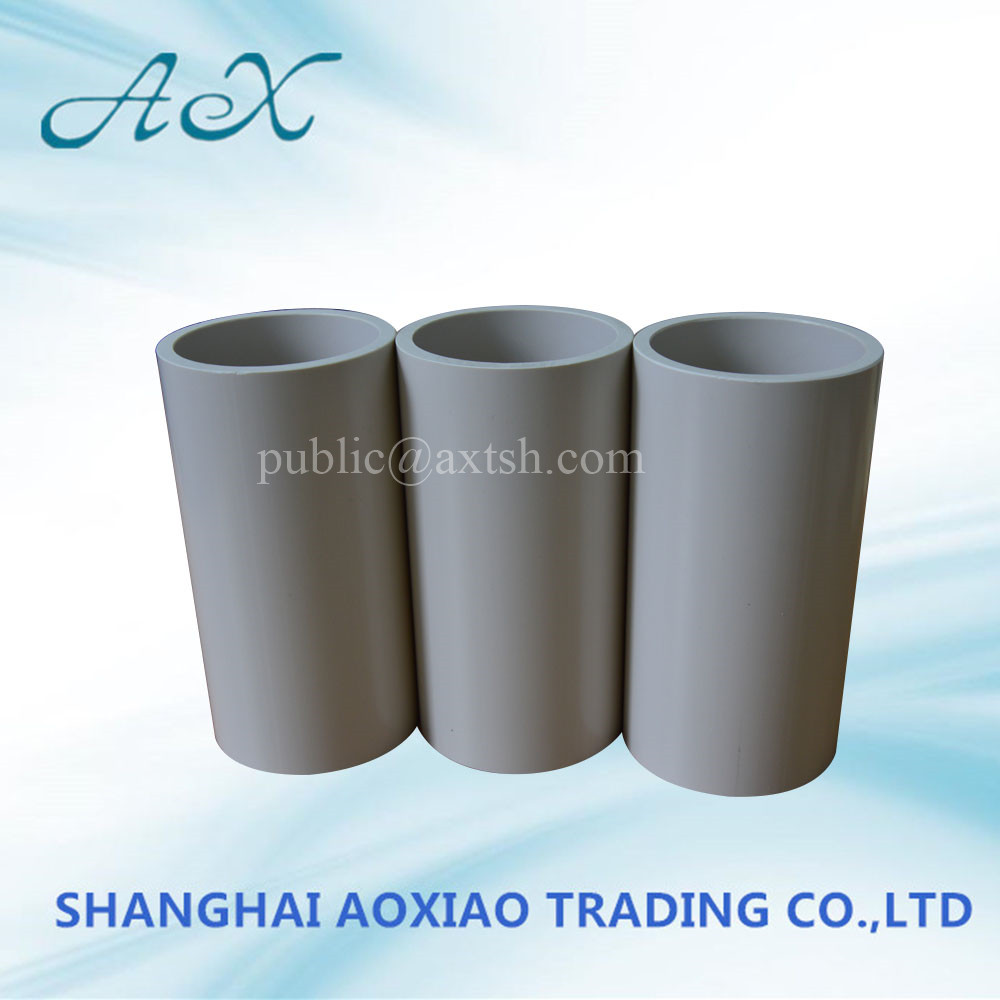Do you know the difference between PE Plastic Tube Core and ABS Plastic Tube Core?
The most common plastic films in life are:
PE film, PET film, PVC film, CPP film, BOPP film, PS film, PA film, EVA film, PEVA film, what we are going to say today is PE plastic tube core and ABS Plastic Tube Core For Film.
As an ABS Plastic Tube Core Supplier, first we have to make
clear the composition of the two materials PE and ABS, and then we can correctly
distinguish the difference between them. Among them, PE is polyethylene, and ABS
is a copolymer of acrylonitrile, butadiene, and styrene.

ABS Plastic Tube Core For Film
1. Different definitions
PE is polyethylene, which is one of the more commonly used polymer materials in daily life.
ABS is the graft copolymerization product of three monomers: acrylonitrile, butadiene, and styrene. Each is named after the first letter of its English name.
2. Different advantages and disadvantages
PE has the advantages of resistance to a variety of organic solvents, resistance to various types of acid and alkali corrosion, and the disadvantages are that it is not resistant to oxidizing acids and is easily oxidized in an oxidizing environment.
The advantages of ABS are excellent overall performance, impact resistance, heat resistance, low temperature resistance, chemical resistance, easy processing, stable product size, good surface gloss, easy coating, coloring, oil resistance, acid resistance, alkali resistance, salt and Chemical reagent, electroplatability, etc. Disadvantages are low dielectric strength and poor solubility.
3. Different processing methods
PE can be processed by blow molding, extrusion, injection molding and other methods.
ABS can be processed into plastics by injection molding, extrusion, vacuum, blow molding, and roll forming, and it can also be processed by mechanical, bonding, coating, vacuum evaporation, and other methods.
4. Different uses
PE is widely used in the manufacturing process of engineering plastics, plastic bags, plastic films, milk buckets, manufacturing films, hollow products, fibers, and sundries.
ABS is widely used in engineering plastics, household appliances, household appliances, panels, masks, assemblies, accessories, etc., especially household appliances such as washing machines, air conditioners, refrigerators, fans, etc.
The characteristics of CPP film are as follows:
① CPP film has high transparency, good flatness, and poor oil resistance.
② CPP film has good temperature resistance, easily deforms, has a certain degree of scratch resistance without losing flexibility, and good heat sealability.
③ CPP film has good hand feeling, shading, and can be heat-sealed, which is not easy to reverse adhesion.
④ CPP film is excellent in moisture and moisture resistance, with certain oxygen and oil resistance;
⑤ CPP film is non-toxic, odorless, odorless, and hygienic, with a density of 0.92g / cm3;
PE: Polyhexene, widely used in the protective film industry.
Its characteristics are mainly: low price, soft, good extensibility, environmental protection and no pollution
Disadvantages: Poor weather resistance. This material is not suitable for use at high temperatures. Generally, the temperature is within 60 degrees.
Our company also has Film Turnover ABS Tube Core on sale, welcome to consult.




